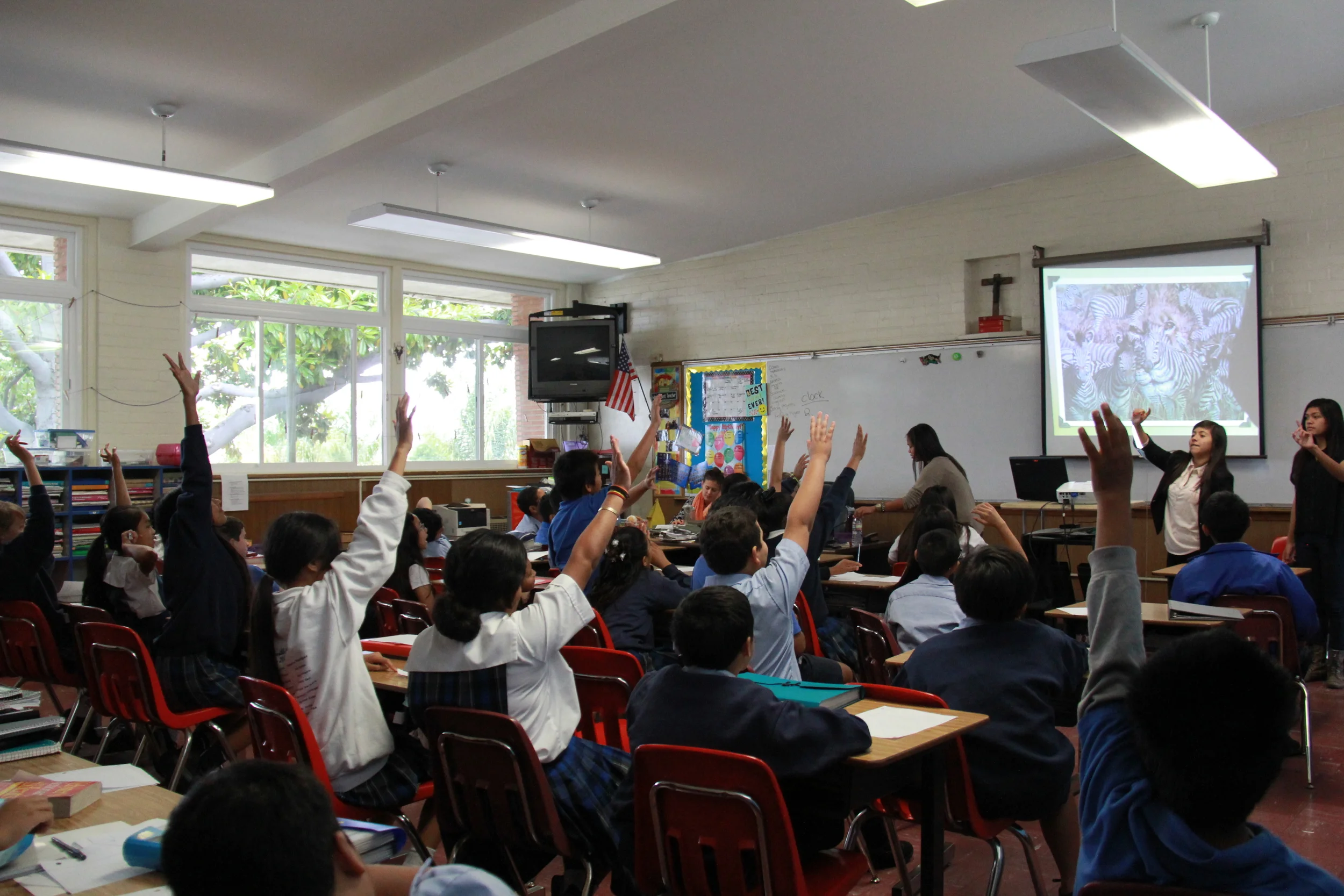Within one and half years (11/2012 to 6/2014), ICI has inspired over 1,500 students locally and abroad. Underprivileged students learned more about the outside world beyond their village and about science, technology, engineering, and math (STEM) fields. By working in teams, they brainstormed, designed, and presented their designs to ICI volunteers and their peers. By providing resources to learn and grow, we not only empowered the individual student, but also his or her classroom.
Various members of ICI have been interviewed by newspapers, radio stations, and TV stations. In the end, everyone, including our American student volunteers, will benefit. Our volunteers gain more clear understanding about the cultures, education systems, and conditions of students in rural areas around the globe.
KPI (Key Performance Index)
Some KPI (Key Performance Index) with our current performance measures are listed below. They will be recorded, evaluated, and reported monthly.
1,532
Students taught from areas ranging from rural parts of China to local schools in California.
31
Staff volunteers who work out of interest for underprivileged students.
$5,000
In monetary donations from companies in Beijing, China to fund parts of our 2014 China Trip.
8
Schools visited and taught our ICI curriculum to.
22
ICI curriculums designed and taught.
1,271
Pencils collected that allow students to write down ideas and sketch their designs.
25
Boxes of donated school supplies that we’ve collected from local companies and donation drives at local schools.
7
Schools we have conducted Donation drives in. All schools donated great amounts and great quality supplies.
6,900
Views on our documentary about the first trip to rural China that initiated our non-profit.
Program Evaluation
Our short-term evaluation of a project first looks into whether or not we teach the target number of students. After, we look into whether 75% of the students we taught were able to complete a design from our Design Contest.
Our long-term evaluation keeps in touch with schools through e-mail to observe if the students we taught are choosing more STEM related classes or clubs/activities. More importantly, we keep in touch with principals and students to see if they move onto higher education (high school or college).


